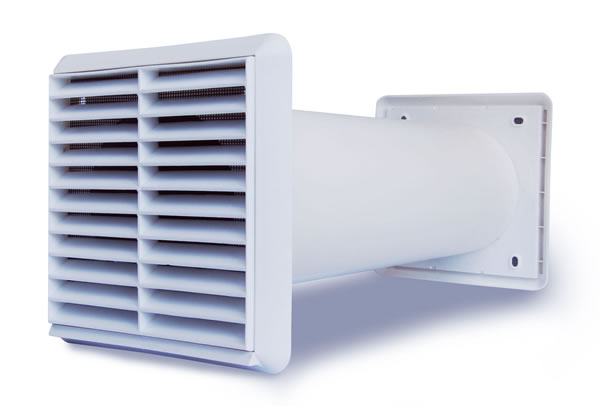
Passive ventilation is a type of natural ventilation that uses the forces of wind and natural buoyancy to move air through a building. It does not rely on mechanical systems such as fans or air conditioning to provide fresh air and maintain indoor air quality.
Passive ventilation works by creating a pressure differential between the inside and outside of a building. This can be achieved through the use of openings such as windows, doors, vents, and skylights. As wind blows against the building, it creates positive pressure on one side and negative pressure on the other. This pressure difference creates a flow of air through the building, with air entering through the openings on the windward side and exiting through those on the leeward side.
Natural buoyancy, or the tendency of warm air to rise, can also be used to create a pressure differential. This can be achieved by positioning openings at different heights in a building, with lower openings allowing cool air to enter and higher openings allowing warm air to exit. This creates a natural convection current that can help to ventilate the building.
Passive ventilation has a number of benefits over mechanical systems. It is often less expensive to install and maintain, and does not require electricity to operate. It can also be more reliable, as it is not dependent on mechanical components that can break down or require repairs. Additionally, passive ventilation can provide a more natural and comfortable indoor environment, as it allows for a gradual exchange of air rather than sudden bursts of air from fans or air conditioning systems.
There are a number of strategies that can be used to maximize the effectiveness of passive ventilation. These include the use of adjustable openings that can be opened or closed to control the flow of air, the use of shading devices to prevent excessive solar heat gain, and the use of insulation to minimize heat loss in cooler climates. Properly designed and implemented passive ventilation systems can provide a sustainable and effective way to maintain indoor air quality and comfort in buildings.